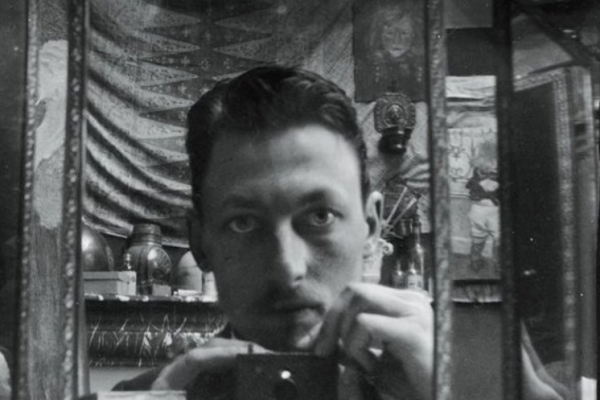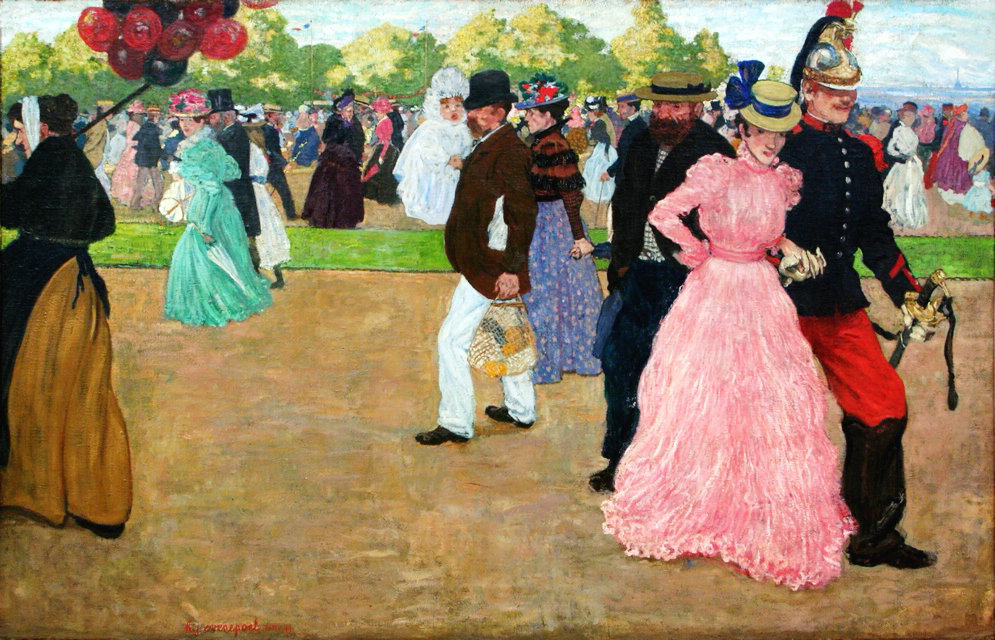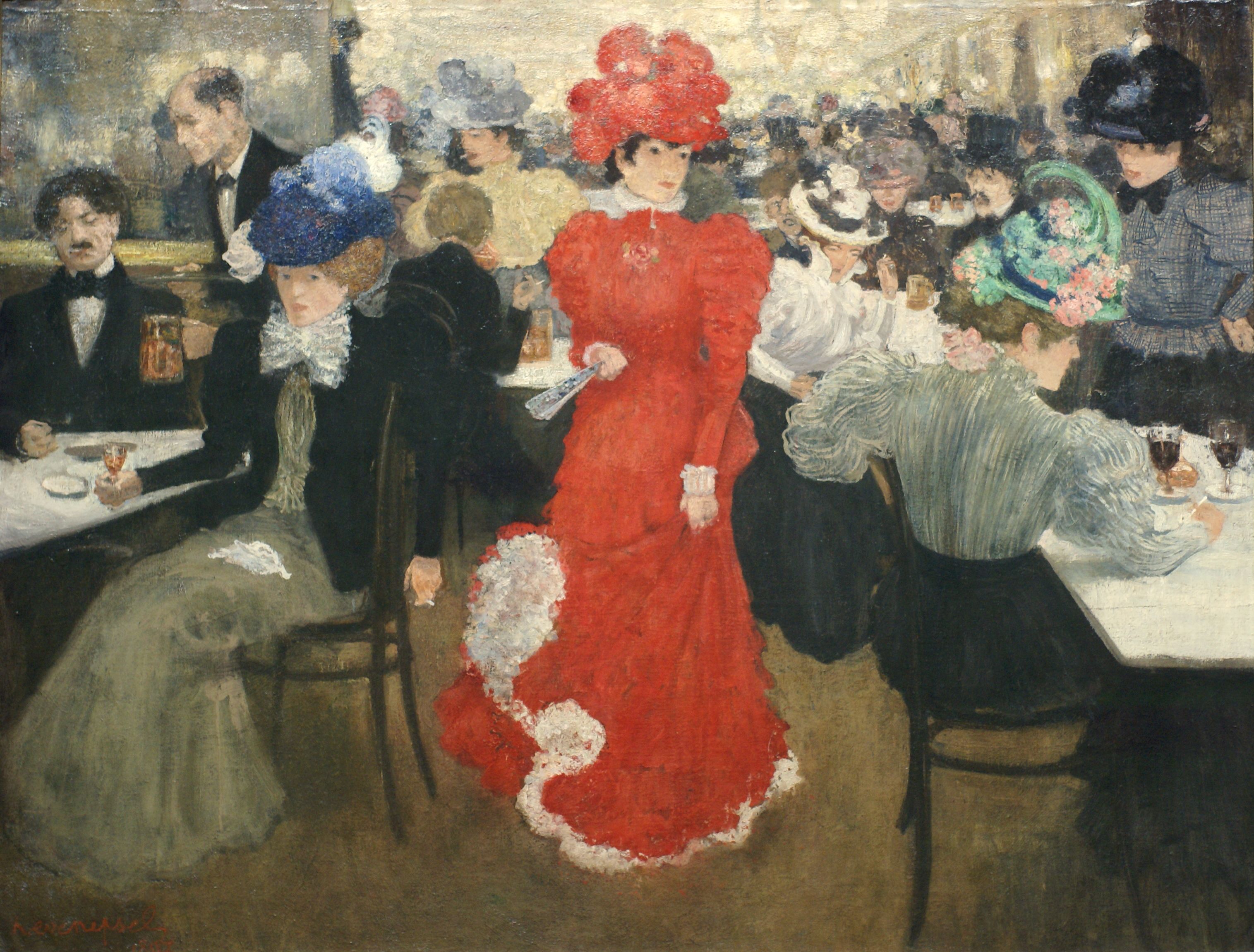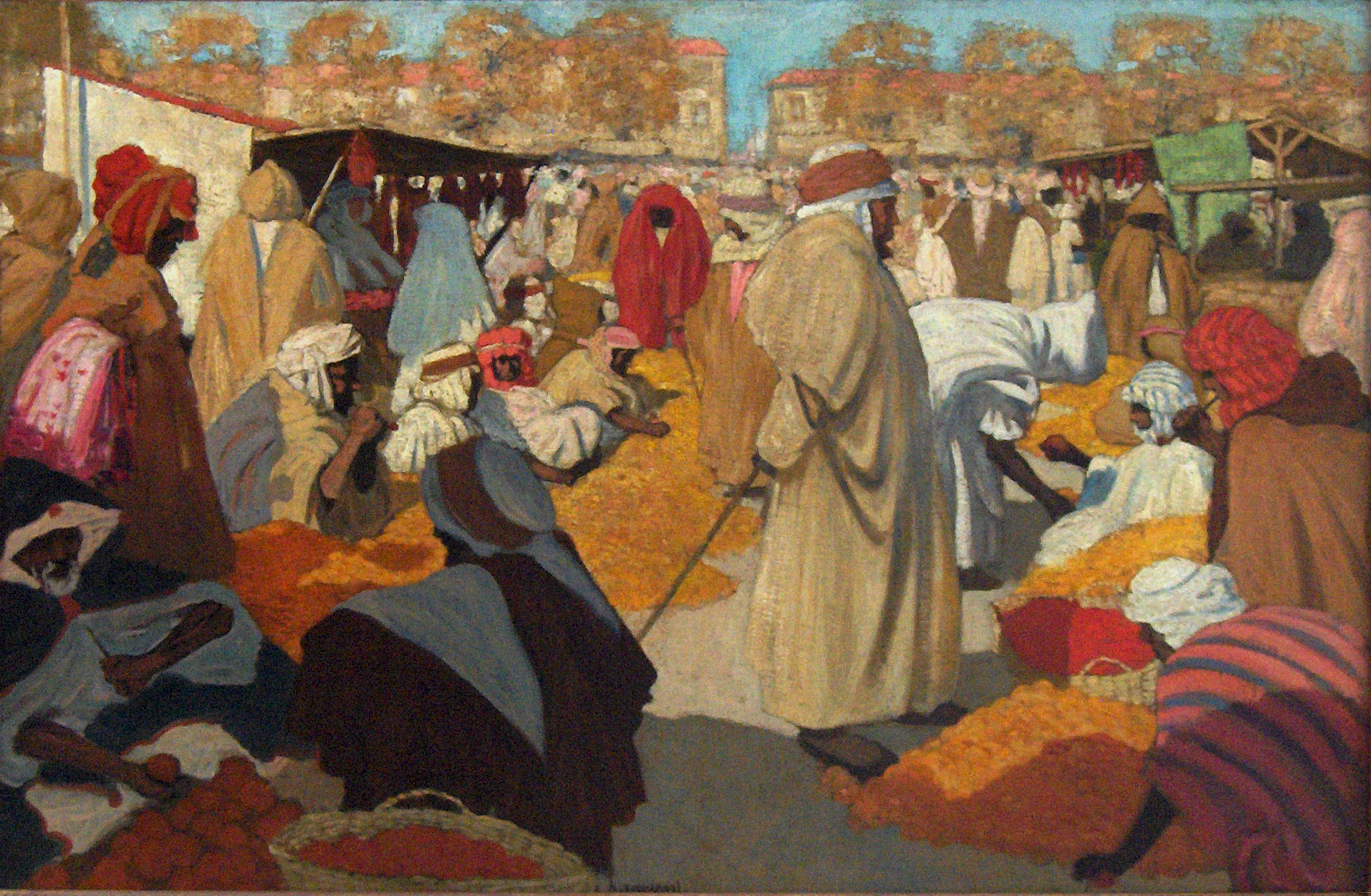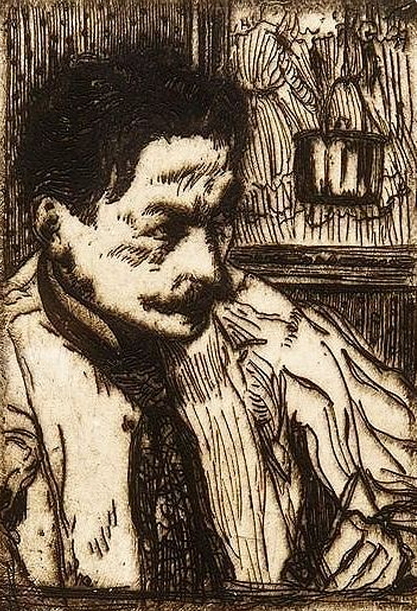Henri Evenepoel was born in Nice in 1872 of Belgian parents. After his initial training at art school in St Josse, he left for Paris in 1892 to attend the Ecole des Beaux-Arts, entering the atelier of Gustave Moreau in 1893. An assiduous visitor to the Louvre, urged by Moreau, he copied Rembrandt, Tintoretto, Botticelli etc. but he also saw works by Manet, Degas, Whistler, Redon, among others, during temporary exhibitions.
A man of eclectic tastes, with an eye to a self-supporting career, Evenepoel, a born draughtsman, pursued a wide range of interests, including poster design, book illustration and print making in the footsteps of the artists he greatly admired, such as Toulouse Lautrec as well as Jules Chéret, Jean-Louis Forain, Théo Steinlen.
Our speaker, Simone Scott, is French and divides her time between Brussels and Manchester. She has studied and earned degrees and other qualifications including from the Institut Royal Superieur d'Histoire de l'Art (IRSHAAB) here in Brussels.
Many of us will remember Simone’s talk to us in October 2016 on the German guest workers in Paris in the 18th & 19th centuries and I am sure that after her talk above, we will appreciate even more her ability to bring alive the artist in his time and place with the depth and breadth of her knowledge.
Note: Content and images not intended for copyright infringement.
